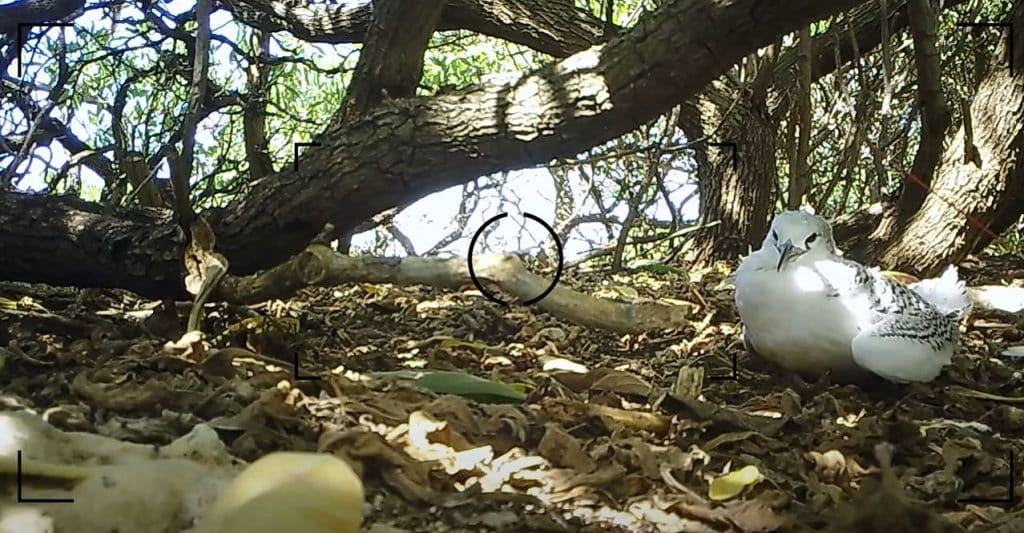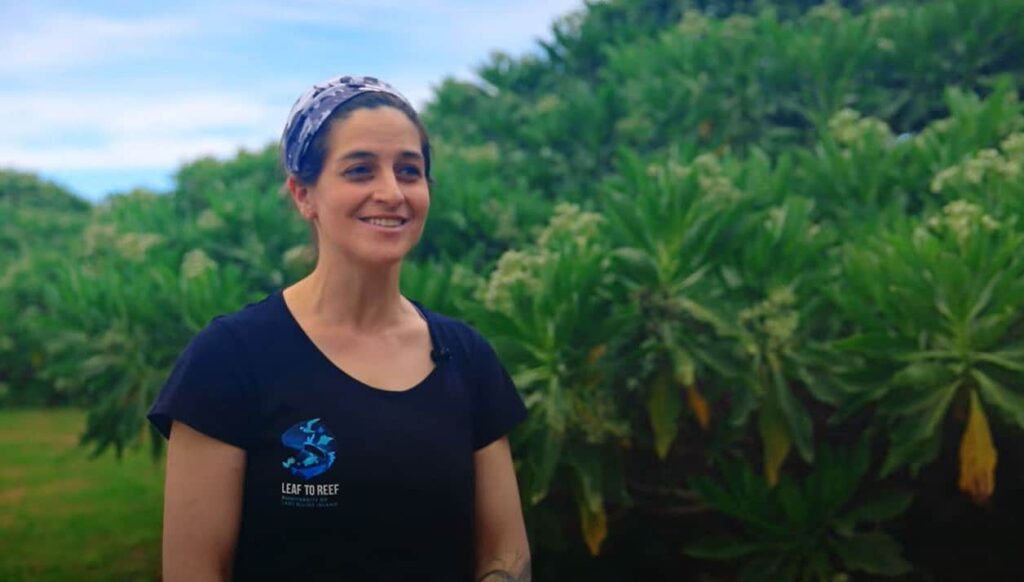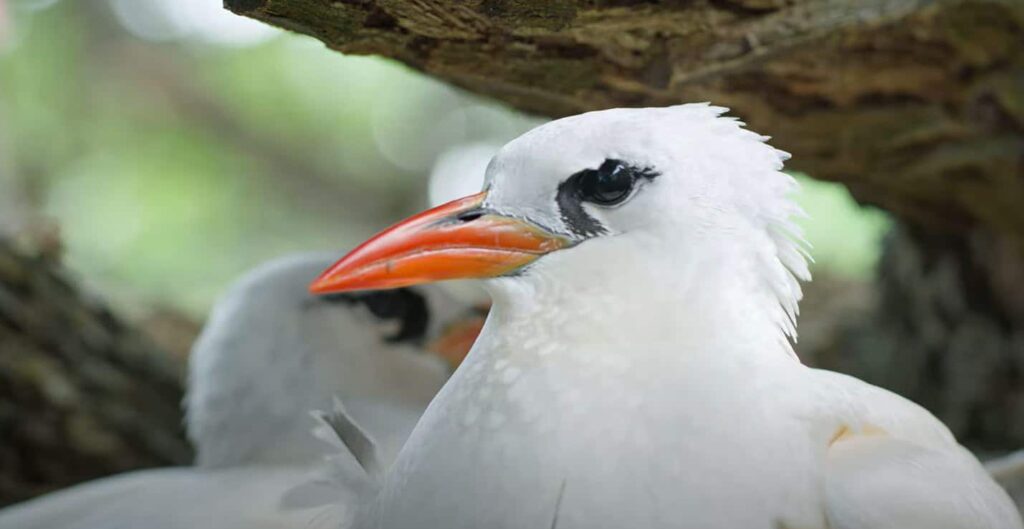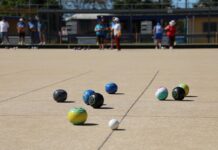
Researchers working at Lady Elliot Island have discovered what they believe to be the oldest known red-tailed tropic seabird in the world.
The discovery was showcased in the Life on the Reef YouTube series, which documents the scientific and environmental endeavours taking place on the island.
Dr Dominique Potvin, an ornithologist for Leaf to Reef, is part of a research team working on the island tagging seabirds.
Dr Potvin has been studying the red-tailed tropic species at Lady Elliot since 2020.
“We are putting bands on them so we know who is who and importantly, we are also taking things like measurements and DNA samples so we can tell who is related and create a bit of a family tree,” she said.
“We are also putting satellite tags on these birds so we can figure out where they go, where they hunt for food, where they dive to get their fish to feed themselves and their little ones.”
Dr Potvin said during the research project it was discovered that one of the red-tailed tropics had already been tagged, but not by her team.

“We were surprised to find it had been banded, and not by us,” she said.
“We went into the system and found out that this bird had actually been banded here on the island at the exact same nest we had found it, but as a chick.
“It was banded back in 1997.”
Dr Potvin said the bird now held the record for the oldest tropic bird known in the world.
She said the discovery was remarkable.
“Lady Elliot Island is one of only two islands on the entire Great Barrier Reef where these red-tailed tropic birds come to breed,” Dr Potvin said.
“You can’t find them anywhere else except for Raine Island way up in the northern reef.”
Lady Elliot Island seabird key in research project
The bird will continue to be tracked as part of the research project.
“One of the things we are hoping to find out by satellite tracking is where in the Southern Great Barrier Reef is the most food rich,” Dr Potvin said.

“These birds are fishing for squid and fish and other marine animals but of course, those fish need to be eating something as well.
“How does this all fit together? Where are the nutrients coming from? How is this system all integrated?
“How much capacity does this area have to support more bird life if this is necessary?”
Dr Potvin said the end goal was understanding why the red-tailed tropic had chosen to live life on Lady Elliot Island.
“It will help us understand how the island system works as a whole in terms of not just the birds and the fish but also everything that is part of the amazing Southern Great Barrier Reef,” she said.
“It is just amazing that we can come here, it is so full of life that is full of questions that can be answered.
“It is a scientist’s dream.”
Find out more about Lady Elliot Island by visiting the YouTube page here.







